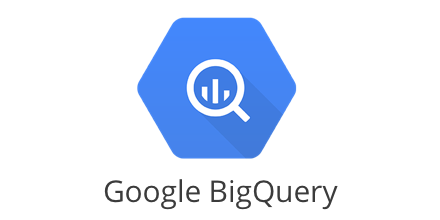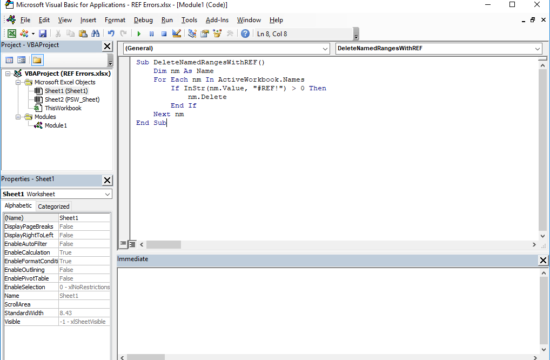It is widely known that companies are using Business Intelligence software to retrieve, analyse, and transform data into useful business insights.
Off-the-shelf Business Intelligence tools include data visualisation, data warehousing, dashboards, and reporting. In contrast to competitive intelligence, business intelligence software pulls from internal data that the business produces, rather than from outside sources.
As Big Data has gained in prominence, so has the popularity of BI software. Companies generate, track, and compile business data at a scale never before seen. But all this data is nothing if we can’t make sense of it and use it to improve business outcomes. And to better achieve that, we may challenge the very first assumption that BI makes.
Does it really make sense having all data flow in only one direction?
We currently see two common situations in companies of any size.
In one side, there’s an extensive effort made by data analysts, DBAs and data scientists to put together a complex layer of logic to convey and update business metrics, or KPIs.
In the other side, the adherence (defined by the actual ratio of usage of these tools by users and managers) may be low, due to lack of familiarity or interest in learning what is seen as just another piece of software. Moreover, those who have worked on several companies already were probably exposed to different BI packages – thus having a higher threshold of resistance to adapt to their new company standards.
This brings back a set of old problems, such as extensive spreadsheet reporting, which loosens data security and accuracy. We may start seeing again several different “truths” appear as the same KPIs are coming from different departments, each one with their own spreadsheet.
How can we overcome this?

One solution is using what we call the feedback loop. In every company, there’s a leading piece of software (usually a CRM) where users have to log in everyday. And most of the current software have interfaces (named APIs, Application Program Interface) which allow reading and writing values without the user interface. For users that aren’t well versed in BI tools or simply reluctant to use them on a daily basis, writing calculations back into the main system is a first step to familiarize themselves with business logic. When the time comes and they ask the big question: “Where does this come from?” they should be ready to be introduced into more complex analysis done externally.
What if our legacy software is on-premises, or doesn’t allow APIs?
Several BI tools allow to preset report exports to be produced offline and be sent to an email list. Management can get updates in fixed intervals of KPIs that are of their interest. If you are on a budget and can’t afford a full BI suite, there’s always the possibility of doing the report processing in a separate database and automate the export using Python or R libraries, at no extra cost – although the flexibility may be reduced in some cases. That’s a way of doing BI without breaking the bank.







